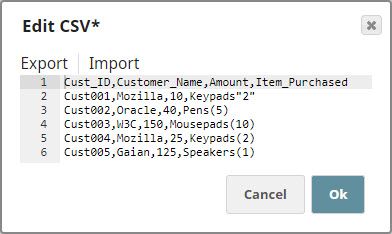Create Filenames Using the CSV Formatter Snap
This example demonstrates how to use CSV Formatter Snap to (documents that contain purchase-related details and, depending on the value of the purchases) to route them into two documents, picking up their names using the output of the CSV Formatter Snap.
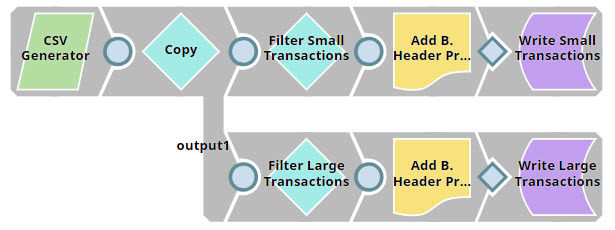
Download this pipeline
For the purpose of this example, we are picking up CSV data from a CSV Generator Snap. You can also supply this data using a combination of File Reader and CSV Parser Snaps.
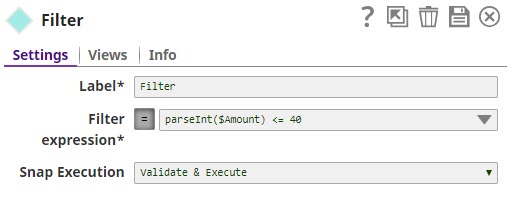
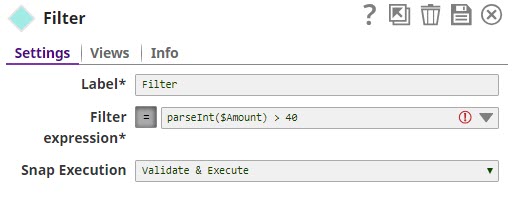


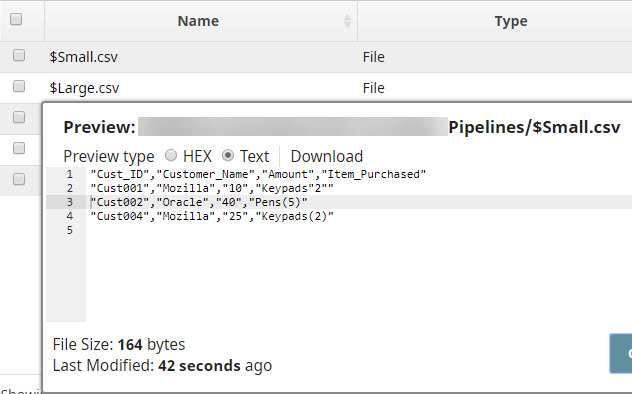
Downloads
- Download and import the Pipeline into SnapLogic.
- Configure Snap accounts as applicable.
- Provide Pipeline parameters as applicable.



